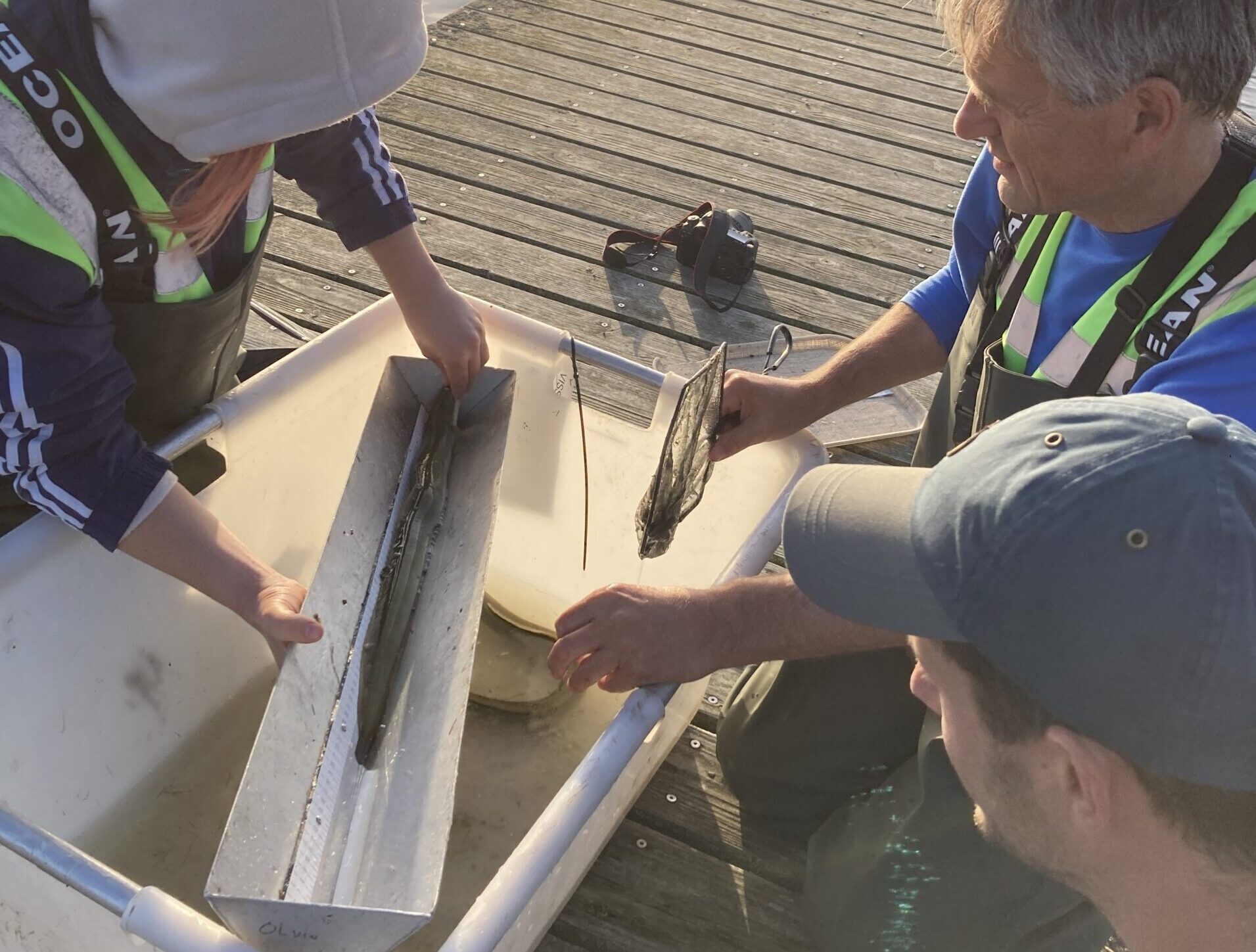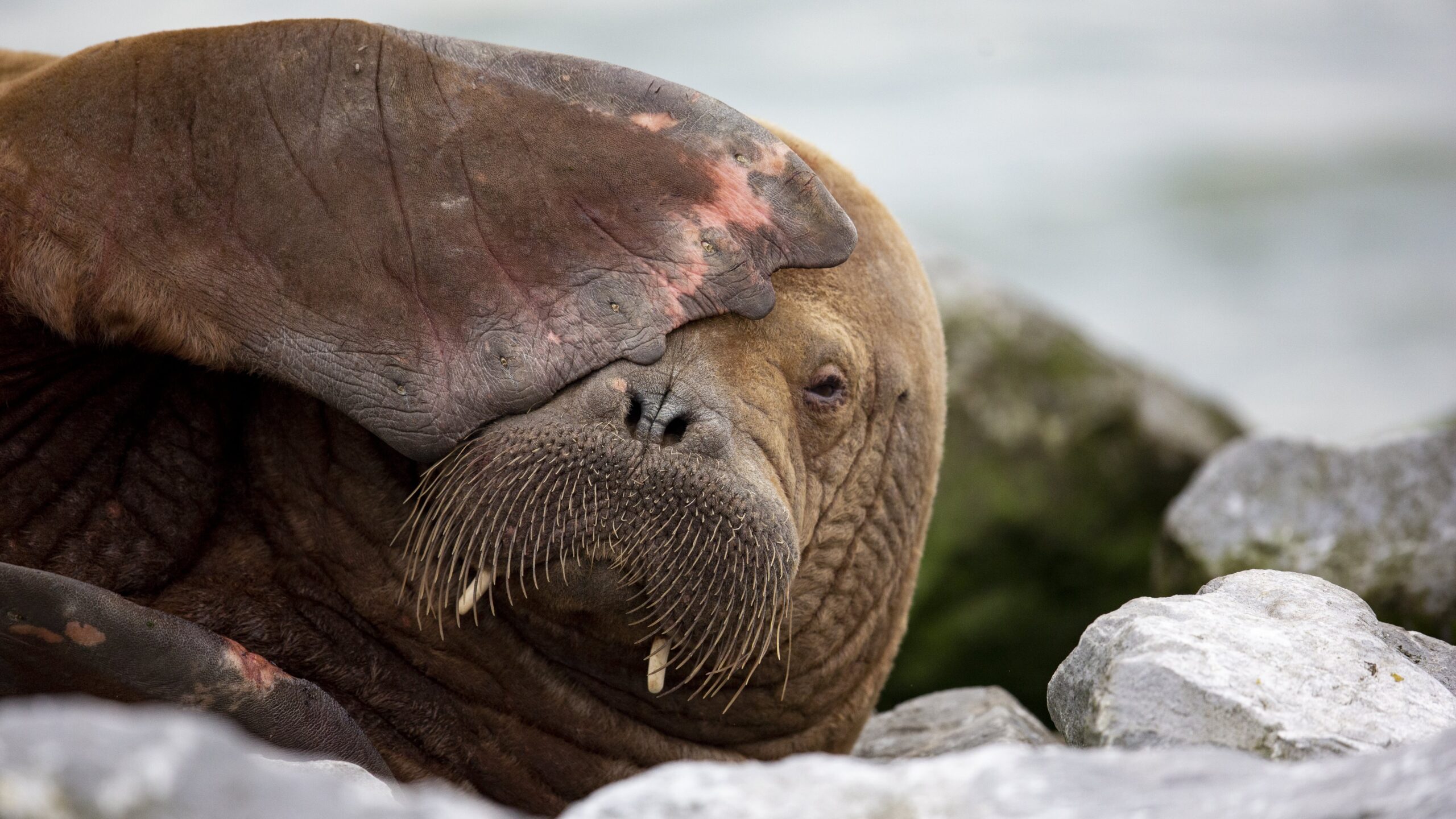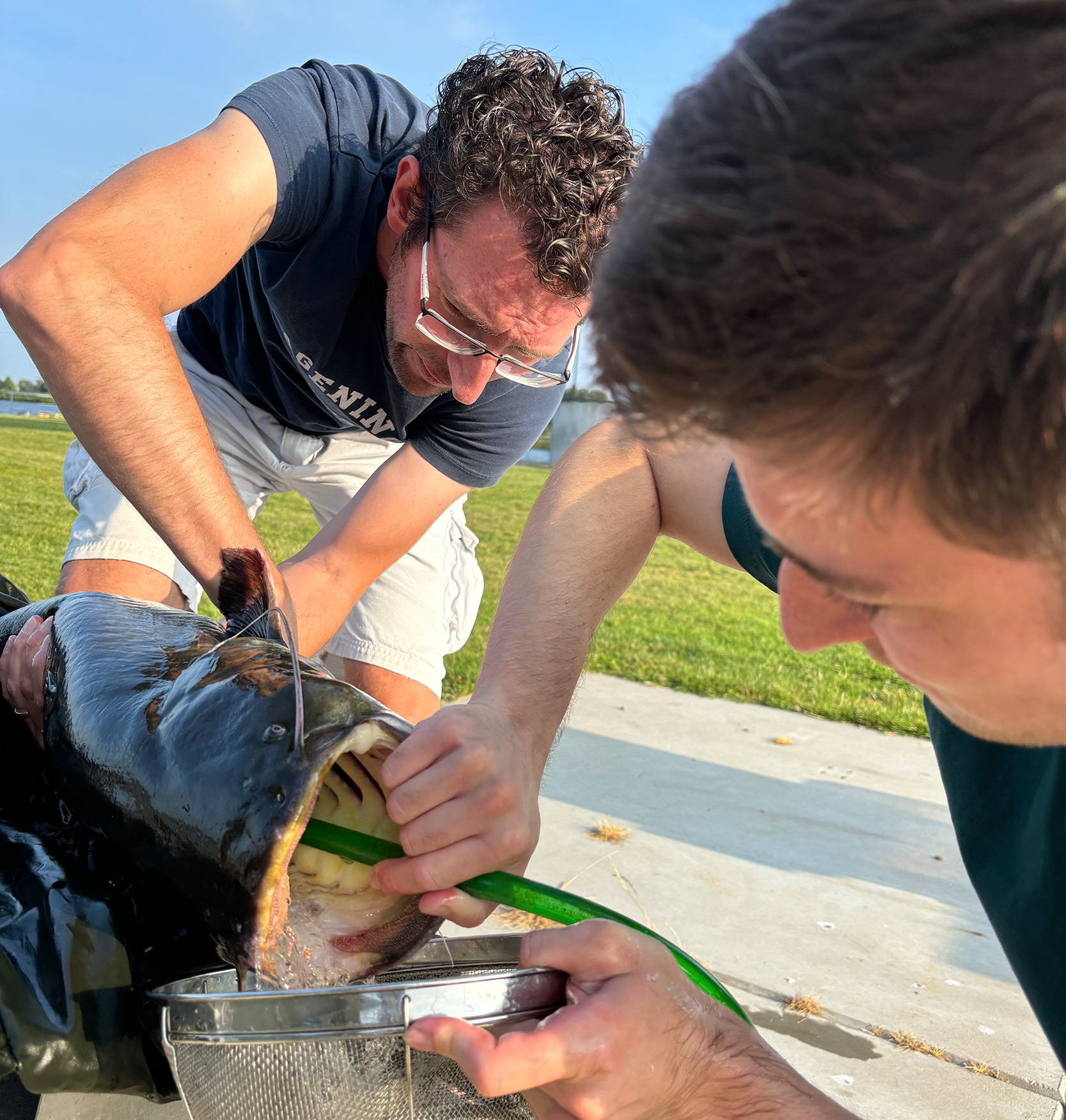The International Council for the Exploration of the Sea (ICES) has once again recommended a complete stop to eel fishing in Europe, including elver. Resource discussed the advice with Wageningen researcher and ICES eel task force member Tessa van der Hammen.
ICES’ advice to put a complete stop to eel fishing, including recreational eel fishing and elver fishing, is nothing new. ICES has been making this recommendation since 2021. ‘And before, albeit more subtly formulated as “reduce eel mortality through human hands to zero”’, Van der Hammen clarifies. Van der Hammen is a researcher at Wageningen Marine Research and has been a member of the ICES Eel task force since 2018.
The good news is that after an enormous decimation in the eighties, the elver population has remained stable in recent years.
She clarifies that the zero-catch advice stems from the ICES protocol. ‘As scientists, we don’t consider whether a complete stop is viable or the best socio-economic strategy. We simply look at the data. The good news is that after an enormous decimation in the eighties, the elver population has remained stable in recent years. However, since the population is so much smaller than before, we don’t know how resilient it is. The precautionary principle leads to a zero-catch advice.’
That advice includes elver, regardless of whether they are caught for aquaculture or rerelease programmes. The rerelease programmes are not unsuccessful; released elver have been proven to mature into silver eels. However, whether adult eels can reach the breeding waters in the Sargasso Sea and reproduce is unclear. Hence, the precautionary principle is to cease catching the elver.
Life cycle
Eels’ Latin name is the Anguilla anguilla. The animals breed in the Sargasso Sea, near Bermuda, some 6000 kilometres from the Netherlands. The Gulf Stream transports the larvae to the European coast in about two years, where the seven-centimetre-long eels move to the deltas to mature into silver eels in five to twenty-five years. Male silver eels are 35 to 50 cm in length. Females measure 50 to 100 centimetres and can be identified by their lighter colour, larger eyes and increased fat percentage. Once in this stage of development, the eels migrate downstream to swim to the breeding grounds in the Sargasso Sea. During the voyage, they do not eat, and they achieve sexual maturity during their trek. It is notoriously difficult to determine age and sex in your eels. WUR is currently studying to what degree methylation patterns can help.
Frustrating
DUPAN, the eel breeders and traders’ partnership, is critical of the zero-catch advice (‘not viable’). The WMR researcher is not surprised. ‘The eel biomass in the IJsselmeer and rivers has increased significantly in recent years. I understand it must be frustrating when fishers see more eels, while ICES remains cautious and recommends a stop to eel fishing. But what is happening in the Ijsselmeer is not all that common in Europe. A local situation is not sufficient for conclusions pertaining to the eel population as a whole. That is why ICES considers the whole of Europe and takes the elver population as a standard, as that is the only trustworthy indicator’, she argues.
I agree that the eel population must be recovered holistically
She supports the DUPAN call to deploy recovery measures rather than prohibit catching. ‘I, too, believe that the eel population must be recovered holistically. This is not just done by considering fisheries but also the full spectrum, including migration hurdles, habitat loss, disease, parasites, and everything else. What about pollution, for example? Eels travel 6000 kilometres to the Sargasso Sea, where they breed. If their bodies are full of dioxin, the likelihood of them reaching their destination and breeding successfully is a lot less than when they are in good health.’
High stakes
Whether eel fishing will be reduced to zero following the ICES recommendation remains to be seen. The recommendation will be submitted to the so-called December Council, where European fisheries ministers agree on a fishing quota. ‘Political considerations play a crucial part because the stakes are high’, the WMR researcher says. The December Council only has a mandate for saltwater fishing, ‘while what happens in sweet water is equally important in the case of the eels. And that is up to the individual member states’, she explains.
Mandatory measures to control the eel population have been formulated by the member states. These measures stem from the European Commission’s Eel Regulations, which were formulated in 2007. ‘These measures came into effect in 2009 but have never been updated since. Many member states, including the Netherlands, did not respond to the EU’s recent request to evaluate and amend their eel control plan.’
Whether the member states will implement the stop to eel catching as advised by ICES or implement additional measures comes down to a political choice. Resource believes the chance they will do so is very slim.

 WMR researchers frequently find eel in their nets while monitoring the fish population. The fish are cast back after being measured. Photo Resource
WMR researchers frequently find eel in their nets while monitoring the fish population. The fish are cast back after being measured. Photo Resource 

